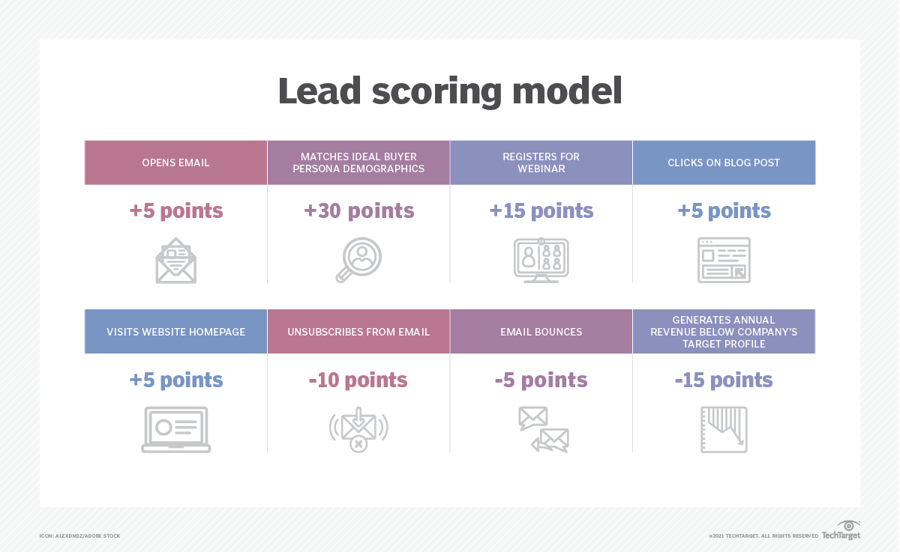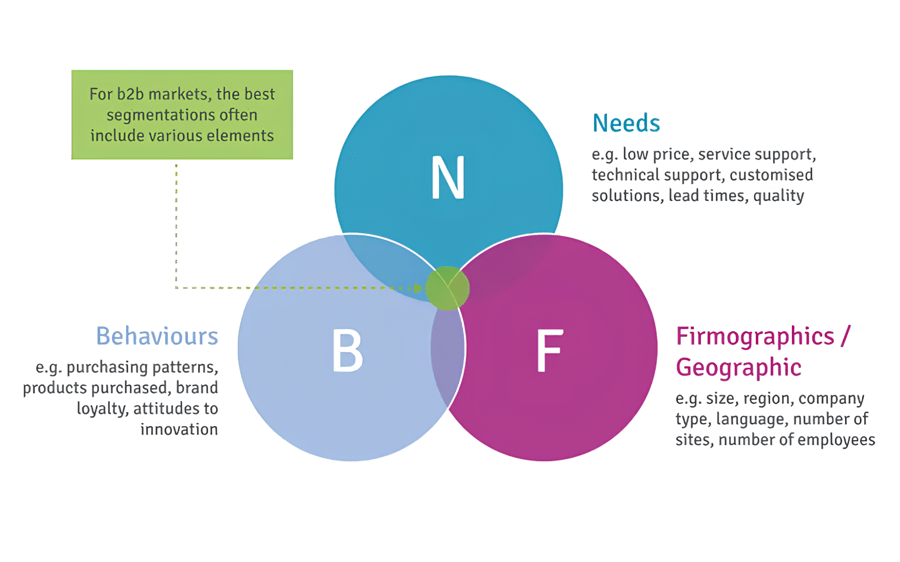
In a world that increasingly finds itself shopping through a screen, eCommerce has become a bustling avenue for consumers and businesses to procure what they need. Whether it's the latest iPhone (B2C), a bulk order of office supplies (B2B), or even a subscription to a software service (B2C or B2B), eCommerce is where the money’s at.
At the heart of this digital commerce evolution is the ability for buyers to self-serve — browsing, transacting, getting answers, and engaging with content at their convenience.
Yet, despite the self-service nature of eCommerce, a human element often comes into play, especially for B2B brands. Sales representatives still play a crucial role in guiding, demonstrating, persuading, and sealing the deal. Now, as an eCommerce brand, your sales process is the backbone that supports your business structure.
Efficient sales operations ensure that your customers have a smooth buying experience and that your sales team can perform at their best. Streamlining your sales process is like fine-tuning a musical instrument; it's about hitting the right notes to create a harmonious customer experience and a productive workflow for your team.
In this guide, we'll share six practical tips to help you streamline your sales process as an eCommerce business, ensuring a win-win scenario for both your customers and your sales.
1. Implement Customer Relationship Management (CRM) Software
Implementing a CRM system isn’t just keeping a digital Rolodex; it’s about creating a centralized data hub that breathes life into customer interactions and guided selling.
Robust CRM software gives your sales and support teams access to each lead’s and customer’s previous purchases, preferences, and interactions at the click of a button. This allows them to nurture meaningful and personalized relationships with prospects and customers at every touchpoint, setting a solid foundation for business growth.
Adopting a CRM system is a crucial part of sales enablement, as it gives your sales team the tools to manage their pipelines efficiently, prioritize leads, and focus on high-value activities. It minimizes the time spent on administrative tasks, allowing your team to do what they do best: sell. With a clear view of sales targets and performance metrics, your team stays motivated and goal-oriented.
Moreover, CRM data helps segment your audience based on criteria like purchase history, browsing behavior, content consumed, and demographic information. In this way, a CRM system serves as a treasure trove of data-based insights that can help your marketing team create campaigns that better engage your audience, ultimately boosting sales.
All in all, your journey of streamlining your sales process begins with a step towards embracing a CRM system that aligns with your brand’s operational needs. With some notable options to choose from — Salesforce, HubSpot, Pipedrive, Zoho, etc. — all you need is a bit of digging and trial runs to find the right CRM software for your eCommerce business.
2. Provide Sales Reps with Data Insights
It’s simple: the more data your sales reps have on your prospects and customers, the better they’ll be at selling to them. Likewise, the more insightful and knowledgeable they are about your products, the better positioned they’ll be to pitch your brand’s value proposition.
Data is crucial in enabling your sales reps to do their best. That doesn’t just include data from your CRM; it also comes from other touchpoints in the form of marketing campaign performance metrics, website engagement metrics, product performance metrics, sales performance metrics, and customer experience (support and satisfaction) metrics.
Here are a few ways to arm your sales team with data insights to streamline your sales ops:
- Understand Customer Behavior: Use web analytics tools (like Google Analytics and Hotjar) to gather data on how customers interact with your eCommerce website. Understanding the customer journey, from landing on product pages to making a demo request, is invaluable. It can help your sales team identify potential bottlenecks in the sales process and optimize their pitch.
- Enhance Product Recommendations: Equipped with data (via your CRM and analytics tools) on customers’ browsing and purchasing history, your sales reps can provide personalized product recommendations. This facilitates upselling and cross-selling in a way that adds value to your customers while improving sales.
- Analyze Your Sales Strategies: By analyzing metrics like conversion rates, average deal size, and sales cycle length, you can identify areas for improvement. It’s about continuously refining your sales process to make it more efficient and results-driven.
- Train and Equip Your Sales Team: Establish a training plan for your sales team that keeps them updated on the product knowledge they need to sell with precision. Empower your sales reps with the latest ins and outs of your offerings so they can engage leads effectively and close deals faster.
- Monitor Competitor Pricing: Regularly monitor competitor pricing and offerings to ensure your pricing strategies are competitive and appealing to your customers. After all, the success of your sales process largely depends on how well you price your products.
Put simply, by providing your sales team with actionable data insights, you’re setting a course for a more informed, efficient, and successful sales operation.
3. Automate Routine Tasks
Traditionally, sales teams have been bogged down with a lot of mundane work that strays them away from actual selling.
However, modern-day automation software can take many of those routine chores off your sales team’s plate, allowing them to focus on what they do best — engaging customers and closing deals.
Here are a few sales-related tasks you can automate with software tools.
Lead Scoring
Tools like Salesmate and MadKudu automate lead scoring and help prioritize leads based on their conversion likelihood. This enables your sales team to focus on high-potential leads, optimizing the sales process.

Source: TechTarget
Proposal Creation
Creating proposals can be time-consuming, but with sales proposal software like PandaDoc or Proposify, you can partially automate this process. Create templates for different types of proposals and fill in specific details for each client. This saves time, ensures consistency, and speeds up the proposal delivery process.
Lead Rotation
Lead rotation is crucial to ensure all leads are attended to promptly and by the right sales rep. Tools like LeanData or Salesforce’s Lead Assignment and Routing can automate this process, ensuring leads are distributed evenly among your sales team based on predefined criteria.
Meeting Scheduling
Scheduling apps like Calendly and Chili Piper allow your prospects to pick a time that works for them while aligning with your sales reps' availability, making meeting scheduling seamless and efficient.
Prospecting
Tools like ZoomInfo or Hunter.io can automate the prospecting process by helping create a database of potential leads. They can also integrate with your CRM system, streamlining the process of adding new leads to your sales pipeline.
Email Outreach
Email marketing automation tools like ActiveCampaign and Constant Contact let you set up automated sales email campaigns with automated responses for common customer queries. Your sales team can build automated email sequences to reach out to and nurture leads through the sales funnel.
By automating these crucial steps in your sales process, you’re freeing up your sales team's time to build relationships, understand customer needs, and close deals.
4. Streamline Lead Qualification
Lead qualification is like sifting through a gold mine, identifying the nuggets of gold amidst the stones. In B2B eCommerce, effective lead qualification is paramount to ensure that your sales team is engaging with prospects who are genuinely interested in your products and have the potential to convert into loyal customers. Streamlining this process saves precious time and optimizes your sales efforts.
To begin with, establish clear criteria to identify qualified leads. These criteria could be based on demographic information, online behavior, or past interactions with your brand. Tools like HubSpot or Marketo help set up a structured lead qualification process based on predefined criteria.
Then, as touched upon in the previous tip, implement a lead scoring system to rank leads based on their potential value to your business. Assign scores based on engagement level, purchase intent, or fit with your ideal customer profile. Tools like LeadSquared or Pardot can automate lead scoring, making the process more efficient.
These tools also let you segment your leads based on their behavior, engagement level, or other relevant criteria. Segmentation helps tailor your marketing and sales efforts to different lead segments, ensuring a more personalized and effective approach.

Source: B2B International
Next, design lead nurturing campaigns to engage leads through the sales funnel. Set up email sequences to share valuable content, personalized messages, and targeted offerings that nudge leads closer to a purchase decision.
Finally, regularly review the performance of your lead qualification process using analytics tools like Databox or Salespanel. Analyzing metrics like lead conversion rate, lead-to-customer ratio, and the effectiveness of lead nurturing campaigns will enable continuous improvement.
5. Offer Sales Training and Support
As we discussed in the second tip, it’s a good idea to build a training plan for your sales team that keeps them updated on the industry, changing customer preferences, product configurations, etc. Because the more adept your team is, the smoother your sales process will flow.
Create a culture of continuous learning within your sales team. Your sales training plan should include regular training sessions on your products, sales techniques, and the latest market trends. Leverage online training platforms like SalesHood or Mindtickle to provide interactive, on-demand training to your sales team. These platforms offer a flexible coaching environment that allows your team to learn at their own pace, anytime, anywhere.
Furthermore, provide real-time support to your sales team during customer interactions using tools like Gong or Chorus. These platforms can analyze customer conversations as they unfold, providing instant feedback and suggestions to your sales reps — which helps them navigate customer interactions more effectively.
You can also create a centralized resource library using platforms like Bloomfire or Sharepoint, where your sales team can access product documentation, sales scripts, training materials, and more. A go-to resource hub empowers your sales team with the information they need to excel in their roles.
Ultimately, foster a culture of peer learning and knowledge sharing among your sales team. Encourage experienced sales reps to mentor newer members, share successful sales strategies, and discuss challenging sales scenarios in regular team meetings.
6. Monitor Sales Data and Adapt
Last but not least, the key to a streamlined and effective sales process lies in continuously monitoring sales data and adapting your strategies accordingly.
First, establish the key sales metrics that are crucial for your eCommerce business. These could include conversion rates, average order value, sales cycle length, lead-to-customer ratio, and customer lifetime value. A clear set of metrics to monitor sets the stage for informed decision-making.
Assess the performance of your sales reps by monitoring metrics like conversion rates, deal size, and customer satisfaction scores. CRM platforms like Salesforce or HubSpot provide built-in analytics tools to help evaluate sales rep performance and identify training or support needs.
Also, keep tabs on customer feedback through reviews, surveys, and direct interactions. Tools like Typeform or SurveyMonkey can help collect and analyze customer feedback, which is invaluable in understanding customer expectations and identifying areas for improvement in your sales process.
Use the insights gleaned from your data to adapt your sales strategies. It could be refining your lead qualification process, adjusting your pricing strategies, or tweaking your marketing campaigns. It's about being agile and responsive to the data-driven insights you gather.
Wrapping Up
The eCommerce landscape is ever-evolving, and staying ahead requires a blend of continuous learning, adaptation, and a sales process that operates like a well-oiled machine.
Each tip we’ve covered is a step towards a more streamlined and effective sales process. Make sure that you’re:
- Harnessing the power of a robust CRM system
- Empowering your sales team with actionable data insights
- Embracing automation to fine-tuning lead qualification
- Offering robust training and support to your sales team
- Keeping a vigilant eye on sales data
So, gear up and embrace these tips to set sail towards a streamlined sales process that propels your eCommerce brand to new heights.





Leave a reply or comment below